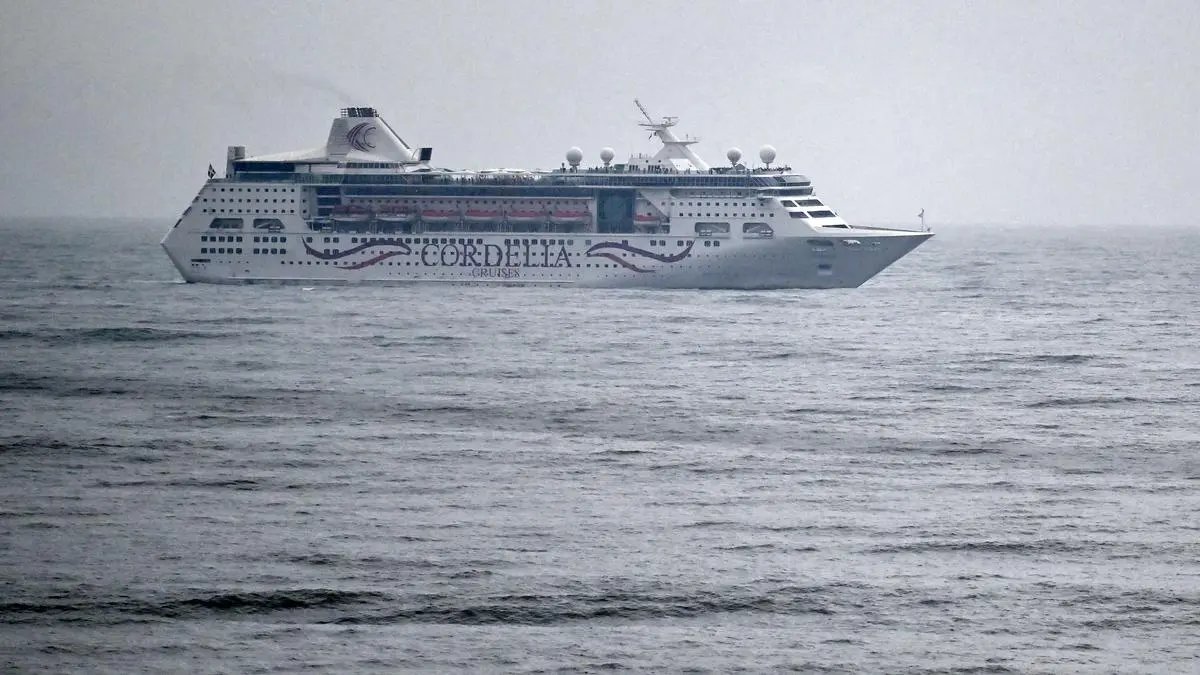India’s ASEAN roots help anchor cruise ships


In addition to a 7,500 km-long coastline, India has its own inland waterways. A collaborative approach with ASEAN countries will open up new opportunities in cruise tourism for India.
| Photo Credit:
DEEPAK KR
On June 30, 2025, the Ministry of Ports, Shipping & Waterways (MoPSW), Government of India, hosted the first-ever ASEAN-India Cruise Dialogue in Chennai. All member countries of ASEAN, namely, Brunei, Cambodia, Indonesia, Lao PDR, Malaysia, Myanmar, the Philippines, Singapore, Thailand, and Vietnam, as well as Timor-Leste, attended the meeting. One of the themes of the meet was to enhance India’s cruise connectivity with a focus on heritage-led cruise tourism.
The ASEAN-India Cruise Dialogue was very significant. ASEAN countries have over 25 major seaports and a combined coastline of over 1,00,000 km, according to the fact book published by the US’ Central Intelligence Agency. In addition to a 7,500 km-long coastline, India has its own inland waterways. A collaborative approach with ASEAN countries will open up new opportunities in cruise tourism for India.
Cruise tourism has a market size of US $7.1 billion, and is projected to grow at a CAGR of 12.1 per cent over the next 10 years. Additionally, the cruise industry is generating jobs across various sectors — hospitality, aviation, agriculture, retail, entertainment, manufacturing, information services, and healthcare.
Cruise Bharat
The Maritime India Vision 2030, a forward-looking document prepared by the Centre, predicts that the Indian cruise tourism market will be eight times larger than what it is today. The flagship Cruise Bharat Mission aims to position India as a leading global cruise tourism hub. It is part of a broader strategy to tap into the high-potential cruise tourism sector and create new economic and travel opportunities.
Strong connectivity and back-end infrastructure are key to developing this sunrise sector and banking on opportunities with ASEAN countries. Identifying lucrative cruise routes and creating an enabling regulatory environment will enhance state-of-the-art cruising experience for international travellers.
Going global
Until now, many ports have already developed state-of-the-art cruise terminals. The Mumbai International Cruise Terminal that operates on a public-private-partnership (PPP) model became operational this year. Domestic operators like Cordelia offer short cruises to Goa and Alibaug, among other destinations. In Kerala, Samudrika and Sagarika terminals are managed by Cochin Port – the former serves domestic cruises and the latter handles international cruises. In 2022, the first foreign cruise ship, ‘Europa’ was berthed at Sagarika. It symbolised Kerala’s emergence as a true international port of call.
The international cruise terminal at Mormugao Port is nearly complete and is expected to be a game changer as it is a major tourist destination. A cruise terminal at Visakhapatnam Port is ready to handle ships carrying up to 2,000 passengers – suitable for coastal cruises to the Andaman Islands, Odisha, and the Sundarbans. Kolkata and Chennai ports have also developed cruise terminals. While the Kolkata terminal focuses on river cruising, Chennai port is an ideal location for cruises to Colombo and Trincomalee.
Beyond infra woes
Further comprehensive studies are needed to determine a value proposition for both tourists and operators. This should be followed by an effective marketing strategy, like those employed by the State governments of Kerala and Gujarat, with slogans like ‘God’s own Country’ and Khushboo Gujarat ki.
Additional challenges relate to India’s cruise ship operating and building capacities. Modern state-of-the-art cruise ships are much larger. The largest one, named ‘Icon of the Seas’, has a gross tonnage of 2,50,000 and can carry 7,000 passengers and 2,000 crew members. When the international cruise industry operates on such economies of scale, and these ships require deep-draft ports, offering competitive pricing becomes challenging due to current operational and infrastructural capacities. Therefore, Indian entrepreneurs need to invest in quality operations to attract tourists.
While the ASEAN initiative is indeed important and strategic, much more needs to be done in terms of capacity building to realise India’s vision of becoming a cruise hub.
(Author is an expert in maritime trade)
Published on August 25, 2025


